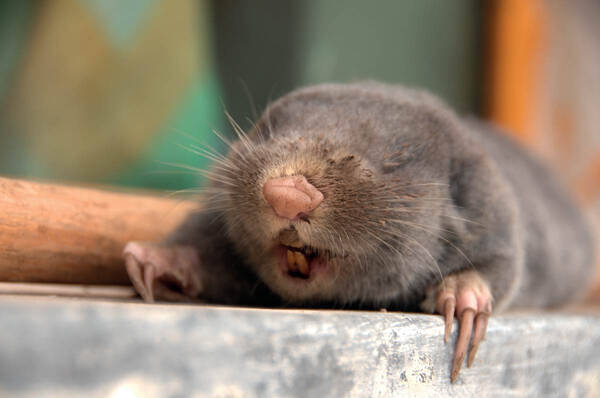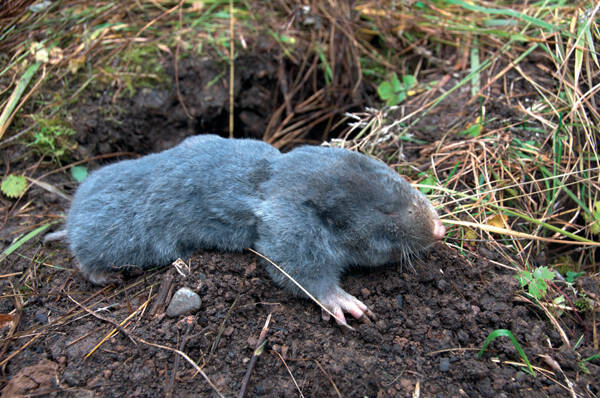Eospalax smithi
IUCN
LCBasic Information
Scientific classification
- name:Eospalax smithi
- Scientific Name:Eospalax smithi,Myospalax smithii,Myospalax smithii Thomas
- Outline:Rodents
- Family:Rodentia Cricetidae Zokor
Vital signs
- length:175-225mm
- Weight:254g
- lifetime:
Feature
It is of medium size, with a short tail and dark gray-brown fur.
Distribution and Habitat
It is endemic to China. It is only distributed in Gansu and Ningxia. It generally inhabits the Loess Plateau, grasslands, and cultivated land. The origin of this species is southeast of Lintan, Gansu.
Appearance
Individuals are medium-sized among zokors. The body length is 175-225mm. The tail is short, about 25% of the body length, and is covered with dense hair. The nose is hairless, forming a hairless area like a monk's cap (called the nose pad). It mainly lives underground, leaving rows of soil mounds 15-20cm high on the ground surface of its burrows. The front feet are strong, the claws are long, the eyes and ears are atrophied, and the hair on the whole body is velvety and dense, these characteristics indicate that it is suitable for digging. However, the claws of the Stevens' zokor are smaller than those of the Chinese zokor and Rothschild's zokor (Eospalax rothschildi). Adults, especially old individuals, have brown fur with reddish-brown hair tips. However, young individuals or subadults and juveniles have bluish-gray fur without brown tones. On the skull, the parietal crest fuses in old individuals and merges with the frontal crest to form a sagittal crest. In the young
Details
The Stevens's zokor belongs to the subfamily Myospalacinae. The Stevens's zokor is named after the specimen collected from Lintan, Gansu. There was controversy over whether it is an independent species. Sometimes it is regarded as a subspecies of the Qinling zokor (Eospalax rufescens). It mainly lives in forests or grasslands between shrubs, and sometimes in cultivated land. It is herbivorous.

This species has been included in the "National List of Terrestrial Wildlife with Important Economic and Scientific Research Value" issued by the State Forestry Administration of China on August 1, 2000.
Listed in the 2013 Red List of Endangered Species of the World Conservation Union (IUCN) ver3.1--Low Risk (LC).









